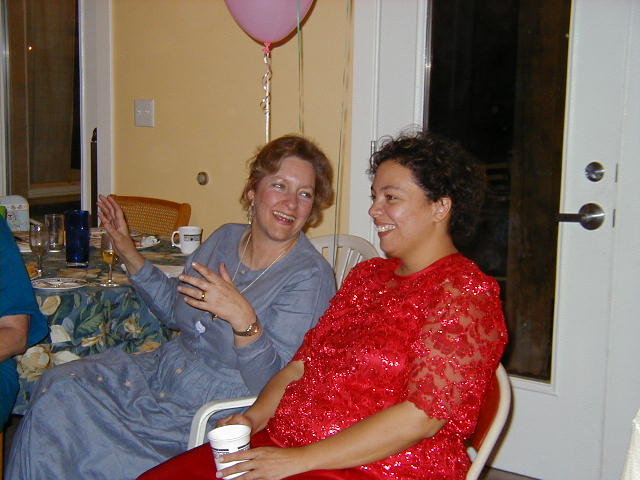Commonly Asked Questions about the Cohousing Concept
These Questions and Answers were originally taken
from Appendix of COHOUSING: A
Contemporary Approach to Housing Ourselves, Kathryn
McCamant and Charles Durrett, 1994.
They are edited to reflect the conditions
at Wasatch Cohousing.
What follows are some of the frequently asked questions and answers about
cohousing. Until people have
experienced life in a cohousing community, they often have questions and
concerns about the details of daily living.
But once they have moved in, they find their concerns mitigated by
the trust, respect, and commitment
neighbors feel for one another.
In this atmosphere, long discussions of
policy give way to human interactions.
- Is there a screening process?
Who decides who lives there?
- Most cohousing
communities do not screen new residents.
If potential residents understand the nature of the community
and their expectations for their own
participation, they will be able to choose whether or not the community
meets their needs.
- Does everyone have to eat in the common house?
- Participation in common meals is voluntary; residents
take part as often or as seldom as they want.
- How does resale work?
- When cohousing homes are owned as condominiums,
resale is handled by the individual.
At Wasatch Commons, an ongoing outreach program
with a waiting list
assists homeowners in their resale efforts.
In Europe, homes in existing cohousing communities are highly prized.
Buyers receive the benefits without all the development work!
- What about sweat equity?
Can it save a lot of money?
- In most cases, it is
not financially beneficial for
residents to do much building themselves. Construction schedules as well as
insurance requirements make
resident labor impractical. However, residents can often save money by
installing landscaping and completing
some interior finish work.
- What has been the response of planners and city officials?
- Most are
enthusiastic about the cohousing
concept once they understand it fully. Some cities that were initially
skeptical are now proud to be cohousing pioneers.
Future residents must provide thorough and ongoing education to city planners in order
to pave the way for obtaining
planning approvals.
- What is the ideal size of a cohousing community?
- Anywhere from 12 up to 36 households seems to work best.
If a community is any smaller, its smooth
operation depends too much on specific individuals; if larger, some of the
sense of community can be lost.
- What about pets?
- Each community must decide its own policy based on the size of the site,
etc.
Most communities are happy to accommodate pets.
- How does the community deal with differencet dietary requirements?
- Again, each community creates its own policy
based on the specific needs of
its residents.
It is usually fairly easy to work with a variety of requirements,
especially since residents are not
dependent on common meals.
- How is a community managed?
- Residents manage their communities through a homeowners' association (for
condominiums) or a board of
directors (for cooperatives). Residents form committees to carry out the
work of the community.
- How much participation is required?
- Each community must decide for itself.
A minimum level typically includes
cooking dinner in the common
house once per month and participating on a work committee or two.
- Does cohousing mean attending meetings for
the rest of my life?
- After the hard work of the planning stage and the
transitional first months after moving in, most
communities need to meet formally only once a
month. The planning process acts as "time in the
bank," making residents' lives more convenient
later.
- What about rentals?
- Cohousing rentals are not yet widely available.
Few cohousing households can afford to own a second
unit, especially if the monthly costs cannot be
covered by the rental income. Several communities
have had a few rental units, owned by residents
who intend to move in later or who are away for a
period of time. Most residents agree that rental
units are a positive addition to a community.
- Are cohousing homes more affordable than
other types of housing?
- At this point, not typically.
Land, construction, consultant, and financing costs are similar in
any new development. Residents can save money
by doing their own landscaping or taking on some
development tasks.
However, they may incur extra expenses owing to a
more lengthy design and approval process, a high
level of customization, or any of numerous possible
delays or setbacks. Without some type of outside
subsidies, cohousing homes are usually comparably
priced with other homes in the area.
- What if I don't like someone in the group?
- It is not essential for everyone in a cohousing
community to like each other. In fact, a variety of
personalities adds interest to community life.
Cohousing residents need only share a similar goal
of making their lives more efficient and enjoyable
through cooperating with their neighbors.

Back to the Home Page

